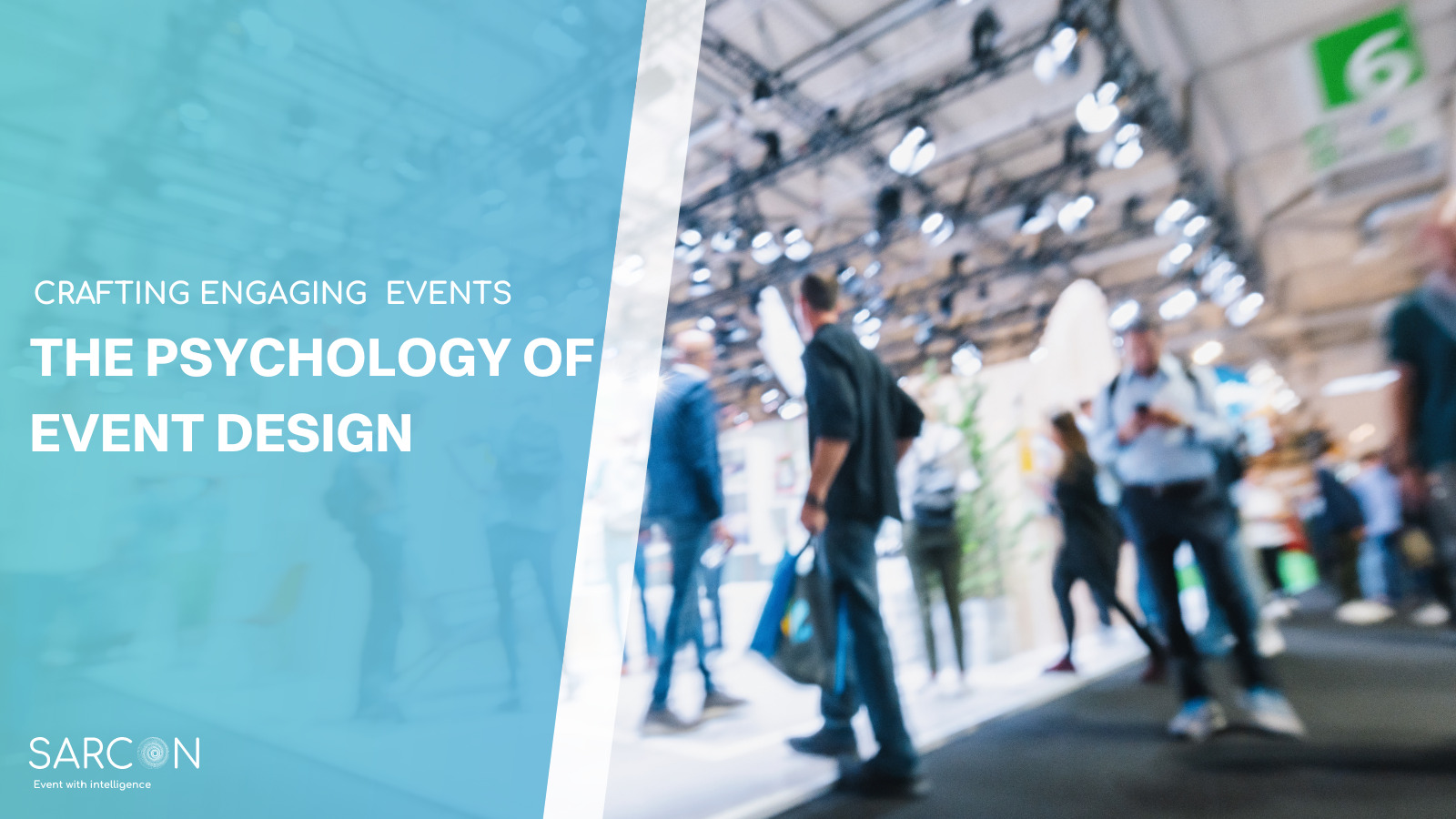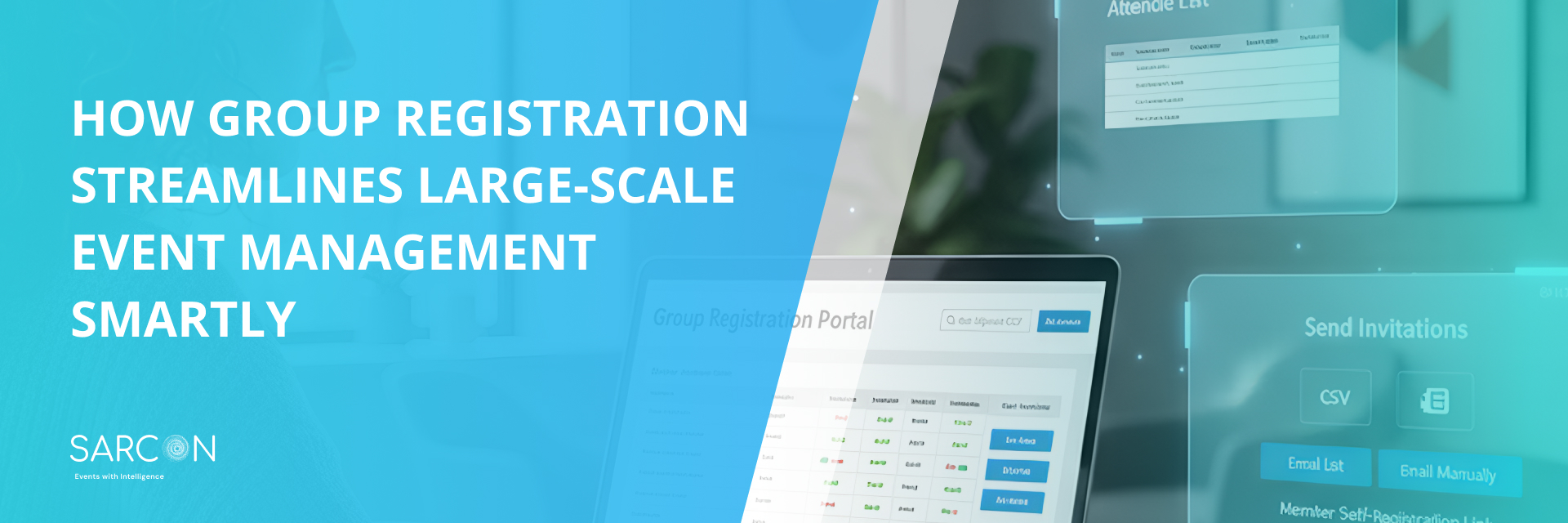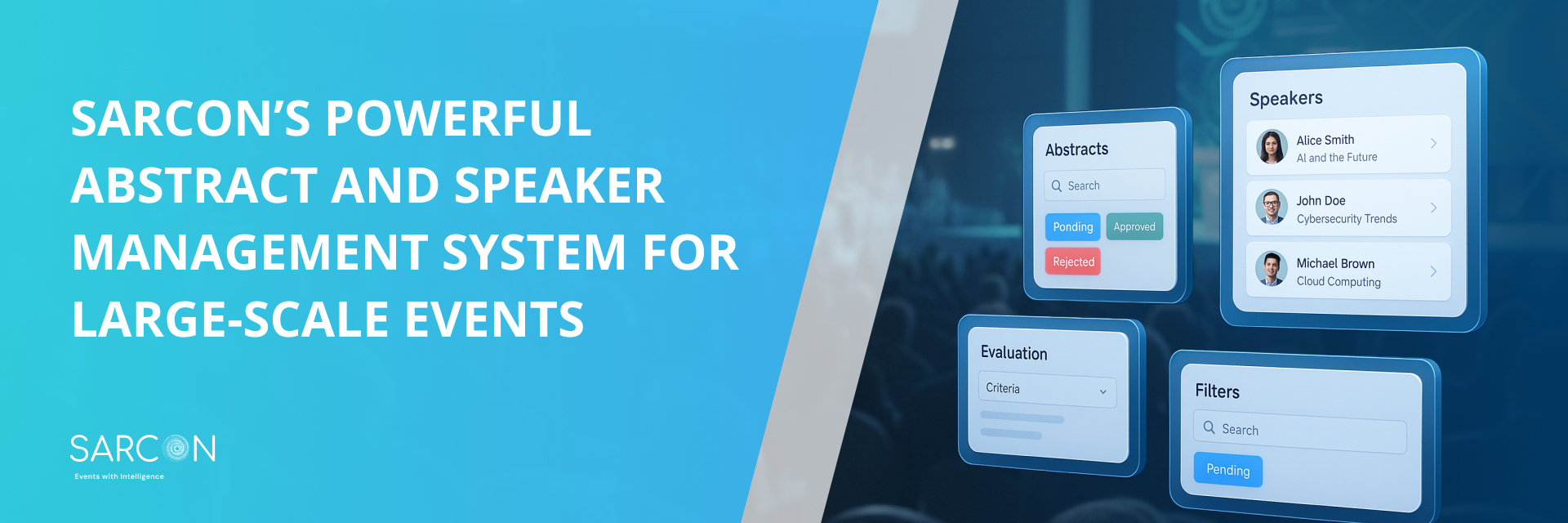Events have evolved beyond mere logistical gatherings; they have transformed into powerful platforms for creating immersive experiences that engage and inspire attendees. As attendees seek memorable moments and meaningful connections, event designers must harness the principles of psychology to craft emotionally resonant experiences. This article delves into the psychology behind event design, exploring the five dimensions of the attendee experience and the importance of the attendee journey in creating impactful experiences. Additionally, we will discuss five best practices for using event technology to achieve a memorable experience design.
Events as Emotional Experiences
Events are more than just spaces filled with people; they are emotional experiences that leave lasting impressions on attendees. The psychology of event design revolves around tapping into the emotions, perceptions, and behaviors of individuals to create a holistic experience. By understanding human psychology, event designers can strategically plan and execute elements that evoke specific emotions, generating a deeper connection between attendees and the event itself.
The Five Dimensions of the Attendee Experience
- Sensory Dimension: Events offer a multi-sensory experience where visuals, sounds, tastes, smells, and tactile sensations merge to create a cohesive environment. A well-designed event capitalizes on sensory cues to stimulate emotions and memories, resulting in a more profound impact on attendees.
- Intellectual Dimension: Attendees seek events that stimulate their minds, inspire creativity, and foster learning. By incorporating thought-provoking presentations, interactive workshops, and discussions, event designers can engage attendees intellectually, encouraging active participation and knowledge absorption.
- Social Dimension: Humans are inherently social beings, and events provide a unique setting for forging connections. Event designers can leverage the social dimension by incorporating networking opportunities, ice-breakers, and interactive activities that promote bonding among attendees, fostering a sense of community and belonging.
- Emotional Dimension: Emotions play a crucial role in creating lasting memories. Event designers can elicit positive emotions like joy, excitement, or awe by incorporating surprise elements, personal touches, and heartwarming experiences that resonate with attendees on a deeper level.
- Environmental Dimension: The physical space and design significantly impact the overall attendee experience. From the layout and ambiance to the use of natural elements, event designers can shape the environmental dimension to create a harmonious and inviting atmosphere.
Roadmap to Experience Design
A successful event experience is built upon understanding and mapping the attendee journey. The journey begins long before the event and continues afterward. Here are the key stages:
- Pre-Event: This phase involves creating anticipation and excitement through targeted marketing campaigns, personalized invitations, and sneak peeks of what attendees can expect. Clear communication about the event’s purpose and objectives is essential during this stage.
- Arrival and Registration: The first impression is vital. Smooth check-ins, friendly staff, and a welcoming environment set the tone for a positive experience from the outset.
- Engaging Experiences: Throughout the event, attendees should encounter captivating and interactive experiences. This includes well-organized sessions, engaging keynote speakers, innovative workshops, and interactive installations that cater to various interests.
- Networking and Socializing: Facilitating networking opportunities is crucial for fostering connections among attendees. Providing ice-breakers, networking lounges, and social events encourages meaningful interactions.
- Closing and Farewell: A memorable farewell leaves attendees with a positive lasting impression. Expressing gratitude, distributing event summaries, and providing parting gifts can contribute to a sense of closure and appreciation.
- Post-Event Engagement: The event experience doesn’t end when attendees leave the venue. Follow-up emails, surveys, and social media engagement help sustain the momentum and strengthen the connection with attendees.
Five Best Practices for Using Event Technology to Create Memorable Experience Design
- Personalization: Leverage event technology to gather attendee data and preferences. Tailor event experiences based on individual interests, enabling personalized agendas and content recommendations.
- Interactive Technology: Incorporate interactive elements like augmented reality (AR), virtual reality (VR), and gamification to engage attendees actively. These technologies enhance participation and create immersive experiences.
- Mobile Apps: A dedicated event app provides attendees with essential information, event schedules, and networking opportunities at their fingertips. Push notifications can be utilized for timely updates and reminders.
- Live Streaming and On-Demand Content: Extend the reach of your event beyond physical attendees by offering live streaming and on-demand access to sessions and presentations. This allows virtual attendees to participate and experience the event remotely.
- Social Media Integration: Encourage attendees to share their experiences on social media platforms using event hashtags. User-generated content enhances engagement and generates buzz before, during, and after the event.
Conclusion
In conclusion, the psychology of event design is a powerful tool for creating engaging and impactful experiences that leave lasting memories and meaningful connections. By understanding the five dimensions of the attendee experience and mapping the attendee journey, event designers can strategically craft immersive events that resonate emotionally with participants. The integration of event technology, when executed with best practices in mind, enhances engagement and amplifies the overall attendee experience, ensuring the event’s success and leaving a lasting impression in the minds and hearts of those who participated.



